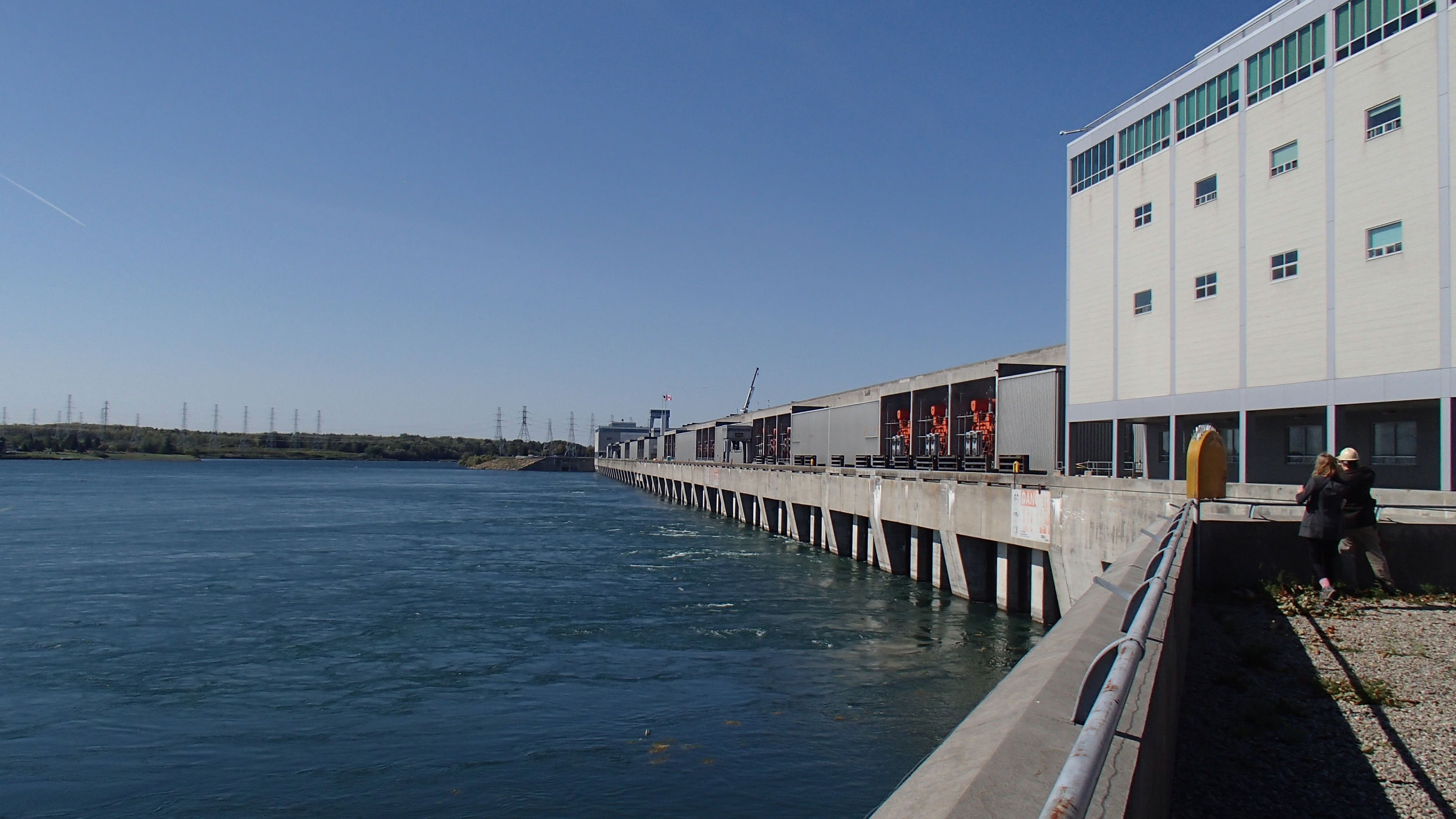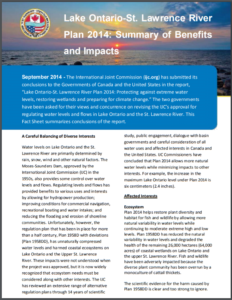
For many with properties along the St. Lawrence River and Lake Ontario shoreline, this summer has not been easy.
Robert Carlisle’s property in Morristown, New York, has been in his family since 1992. In that time, the high water levels and flooding in 2017 and now again this year have impacted his property in ways he hadn’t seen before.
“In 2017, it took us by surprise. We weren’t really sure what was happening,” Carlisle said.
He lost about 60 percent of his dock that year and built it 8 inches higher in 2018.
“This year, the flooding was longer lasting at higher levels, and (the dock) submerged completely again even with that additional elevation,” Carlisle said.
Some of the frustration Carlisle has with the situation has been directed to the International Joint Commission and its Plan 2014.
The IJC is a collaboration between the U.S. and Canada that handles transboundary issues, including water level projects in the Great Lakes.
Plan 2014 is a regulation plan, implemented in 2017, that determines the flows through the Moses-Saunders Dam located on the St. Lawrence River between Cornwall, Ontario, and Massena, New York.
“I’ve never seen such changes since that plan was initiated, so we’re really uncertain that they’re going to continue with this plan or if somehow they will be able to control the level to less extreme levels,” he said. “At this point, we’re hoping for the best. We can’t just pick up our boathouse, build underneath it and put it back down. It’s not that easy.”
Emily Russell, a producer with North Country Public Radio, has reported on the high water levels in the area. She also owns property on the St. Lawrence River shore. Some local property and business owners are blaming climate change and the weather, but a lot of people are blaming the IJC, according to Russell.
“People say, ‘You know, the IJC isn’t doing enough,’” she said.
Because the first year the plan was adopted—2017—was also when the record high water and flooding started happening, people are blaming the plan, Russell said.
“We’ll just have to see what happens in the coming years,” Russell said.
But the IJC maintains that it isn’t Plan 2014 causing the extensive flooding, just unpredictable weather.
“Really, it comes down to precipitation,” said Andrew Kornacki, U.S. Army Corps of Engineers chief of public affairs, who works with the IJC board. “That’s always going to be the driving force behind the water levels on the lakes.”
“There’s no way to forecast or plan for it, and when they do happen, there’s no way regulate against or mitigate the impacts of those high levels of precipitation,” he added.
The old regulation plan, first implemented in the 1950s, would not have been able to regulate the extreme water levels from this year, according to Kornacki.
“The two regulation plans would react very similarly under these kinds of conditions,” he said.
The main difference between Plan 2014 and the old regulation plan is allowing for more natural fluctuation of water levels during “normal-condition years”, which would benefit the ecosystem and shoreline residents, according to Bryce Carmichael, U.S. secretary of the IJC’s International Lake Ontario-St. Lawrence River Board.
“Even under the old plan, this (flooding) would be happening,” Carmichael said.
Despite the IJC stance that Plan 2014 is not at fault for the flooding, the IJC’s commissioners have “met quite a few times” to specifically discuss Plan 2014, said Frank Bevacqua, the IJC public information officer.
It was at one of their meetings in June that the commissioners decided to do an expedited review of Plan 2014. The initial approval of Plan 2014 called for a review of it 15 years from its implementation.
“Commissioners were interested in what kind of human and financial resources that would take to do it on an expedited basis,” Bevacqua said. “They have been exploring funding for that.”
In the meantime, the IJC last month added two positions on its International Lake Ontario-St. Lawrence River Board for a member from each country from a local municipality on the shores of Lake Ontario and the St. Lawrence River.
The IJC also plans to work on four small projects that would contribute to an evaluation of Plan 2014, according to Bevacqua.
The four projects would be an economic assessment of temporarily halting commercial navigation in the St. Lawrence Seaway, documenting high-water impacts of Lake Ontario’s south shore municipalities, assessing critical low-water thresholds for Lake St. Lawrence during winter operations and periods of ice cover, and assessing critical ice conditions for Lake St. Lawrence during low-water periods associated with winter operations.
“Contrary to what people might like to believe, there’s no magic fix for flooding,” Bevacqua said.
Featured Image: The Moses-Saunders Power Dam, Photo by Sandra Svoboda while on a reporting fellowship with the Institute for Journalism and Natural Resources.
1 Comment
-
There may not be “a magic FIX to flooding”, but there is a way to PREVENT IT- lower the water levels NOW, so that we will no go through another year of flooding due to high amounts of water held back! It’s simple!





